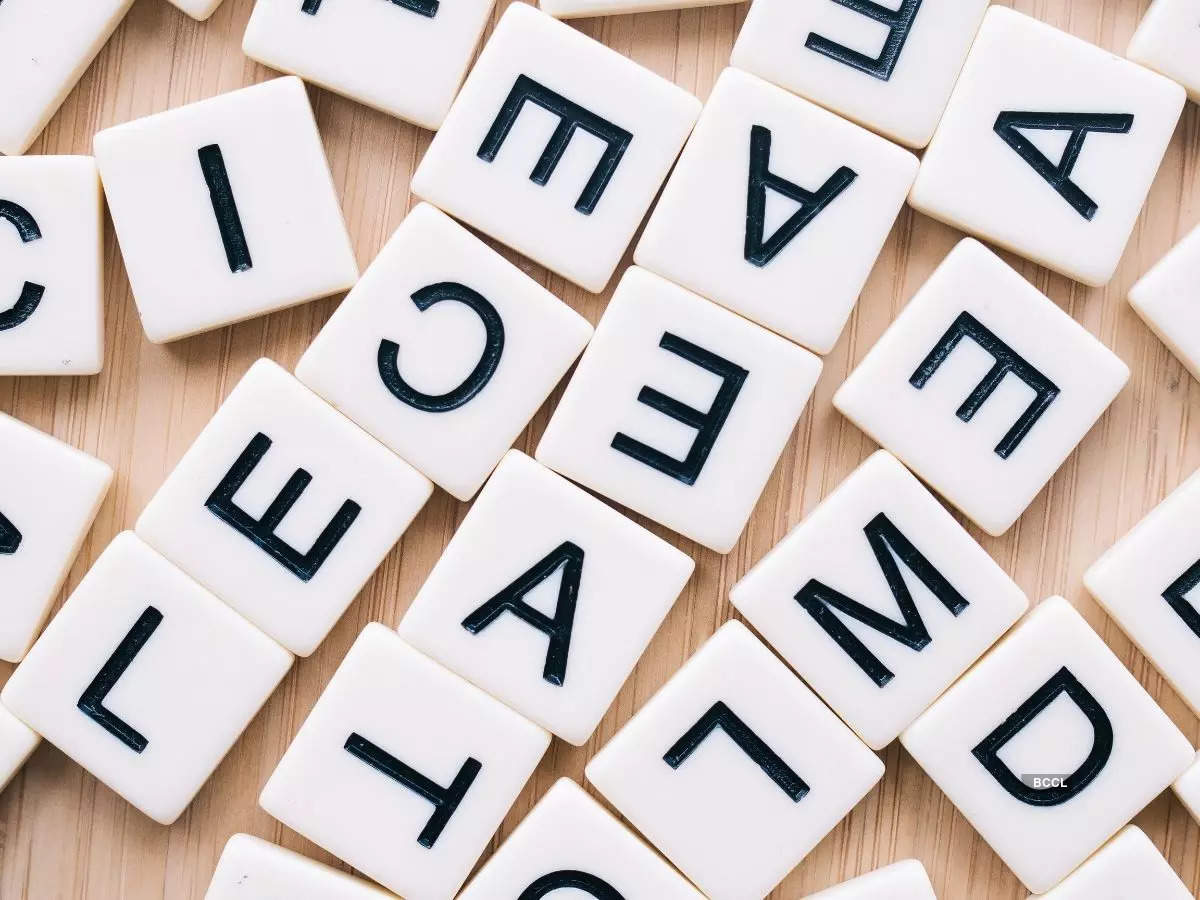
2022 undoubtedly helped us “gain” some vocabulary, with some new terms entering everyday speech. Know how dictionaries choose their Word of the Year (WOTY) selections? The most popular or significant word for that year is chosen as the WOTY. There were other words that generated buzz in addition to the words chosen by many dictionaries as their Word of the Year given the context at the time. Check this out:
1. Moonlighting
Meaning: Working many jobs in addition to one’s primary employment is referred to as moonlighting. In plainer terms, it refers to “side employment.” Big firms usually fire employees who moonlight.
2. Goblin Mode
Meaning: The term “Goblin Mode” refers to an unrepentantly self-indulgent, sluggish, slovenly, or greedy behavior that generally defies social standards or expectations. It was a reflection of people’s reluctance to leave the safety of the Covid pandemic lockdowns, which had been in place for at least two years.
3. Situationship
In the dictionaries of Generation Z, this word gained popularity. If you are in a “relationship” or are planning to get romantically involved with someone and are well-versed in modern slang, this word might not be unfamiliar to you. Situationships are described by Urban Dictionary as being more than a friendship but not quite a relationship.
4. Quiet quitting
People are now more conscious of the value of work-life balance as a result of the pandemic. Thus, this word has evolved into a “mantra” for living. Meaning: Quiet quitting refers to staying within the bounds of your employment.
5. Gaslighting
The Merriam-Webster word of the year was gaslighting. This term made more sense than ever with the increase in the dissemination of “false news.”
Meaning: Gaslighting is described by Merriam-Webster as the “psychological manipulation of a person typically over an extended period of time that causes the victim to question the validity of their own thoughts, perception of reality, or memories and typically leads to confusion, loss of confidence and self-esteem, the uncertainty of one’s emotional or mental stability, and a dependency on the perpetrator.”
6. Stagflation
Stagflation has become a concern for economists due to the unstable state of the global economy. Despite being discovered in the 1970s, the word only really gained popularity in 2022. Meaning: An economy that has both rising inflation and stagnant economic output at the same time is said to be experiencing stagflation.
7. Permacrisis
We are practically living in a world of ongoing crises, from the economic crisis to the climate catastrophe. This word will frighten you if you believe that it will end soon. Collins also named permacrisis as the word of the year. It is “an extended period of instability and insecurity,” according to the dictionary. According to Collins Dictionary’s language lovers blog, the phrase “fully encapsulates the dizzying sense of lurching from one extraordinary incident to another” as we “wonder bleakly what fresh horrors might lurk around the bend.”
8. Homer
This word might not be unfamiliar to you if you enjoy Wordle. Homer reportedly became the “highest-spiking word of the year” according to Cambridge Dictionary, and the dictionary then named it the WOTY. It is an “informal abbreviation for home run: a point scored in baseball when you hit the ball, typically out of the playing field, and are able to go around all the bases at once to the starting base,” according to the official website.
9. Teal
This time, politics even had a say in the choice of the word of the year. The word was chosen as Macquarie Dictionary’s Word of the Year after being inspired by Australia’s political scene. Teal is referred to as “an independent political candidate who holds generally moderate ideological views, but who supports vigorous environmental and climate action policies, and the prioritization of integrity in politics; so named because many candidates use the color teal in their campaign materials.”
